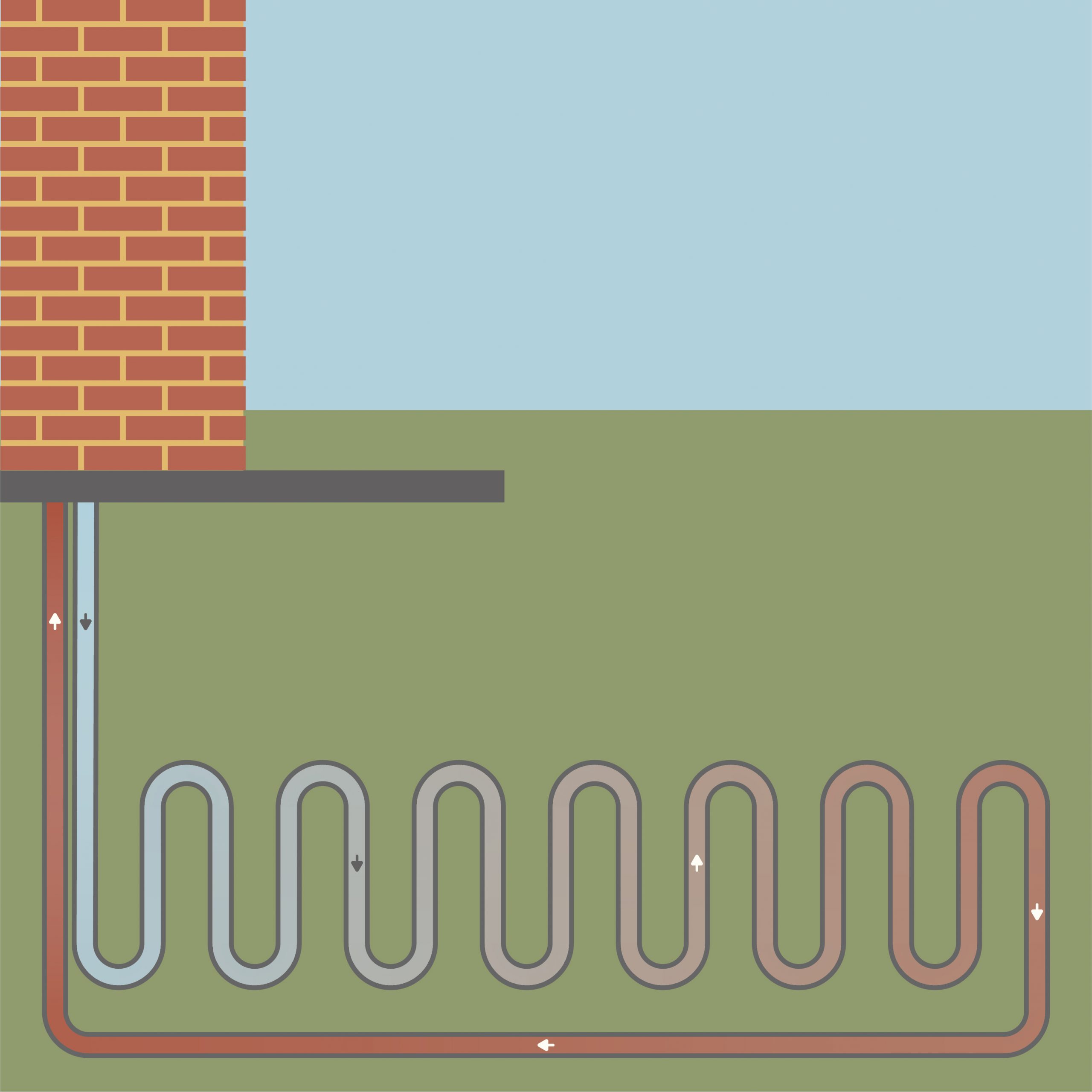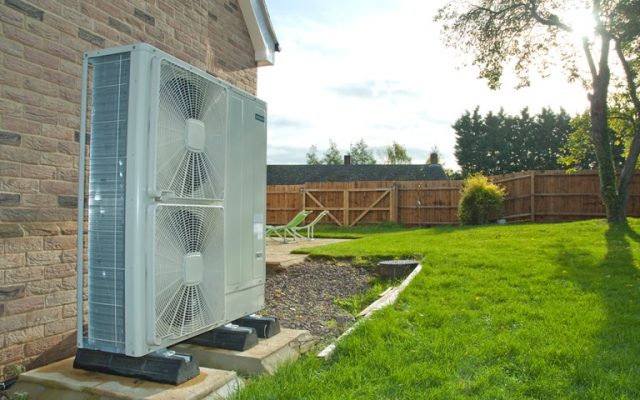
Is a ground source heat pump right for your home?
Looking for a sustainable way to heat your home? A Ground Source Heat Pump might be the solution! They harness natural heat from the ground to keep your home warm and provide hot water, all while reducing carbon emissions.
How do they work?
Ground Source Heat Pump (GSHPs) circulate a mixture of water and antifreeze through a loop of pipe buried in your garden. This loop can be installed horizontally in trenches about a metre deep or vertically in boreholes, depending on available space and ground conditions.
The fluid absorbs heat from the ground, which is then compressed to a higher temperature and transferred to your home’s heating and hot water systems. The ground maintains a relatively constant temperature throughout the year, ensuring efficient operation even during winter months.
Is my home suitable?
GSHPs require outdoor space for installation. Horizontal systems need a larger area, while vertical systems can be used in smaller spaces but involve deeper drilling, which can be more costly. Additionally, well-insulated homes will benefit most from the consistent, lower-temperature heat that GSHPs provide.
Costs and savings
According to the Energy Saving Trust, the typical cost of installing a ground source heat pump is around £28,000.
However, with the Boiler Upgrade Scheme in England and Wales, you can get £7,500 towards the cost and installation. Running costs will vary depending on your home’s size, insulation, and current heating system. While GSHPs can significantly reduce carbon emissions, the financial savings on energy bills depend on the system being replaced. Those switching from electric or coal heating will see the biggest reduction in bills.
Real-world examples
In Northumberland, several public buildings have successfully implemented GSHPs, showcasing their effectiveness in various settings: energysavingtrust.org.uk
Additionally, an 1860s farmhouse in Huntingdon replaced its oil-fired boiler with a GSHP, resulting in a warmer home and reduced reliance on oil deliveries: energysavingtrust.org.uk
These examples demonstrate that GSHPs can be effectively integrated into both modern and historic properties, offering sustainable heating solutions across various building types.
Considering a heat pump?
It’s a great way to cut carbon, improve efficiency, and future-proof your home. Want to find out if a heat pump is right for your home? Get expert advice on costs, installation, and what to expect – we’re here to help!
Read next…

A guide to Air Source Heat Pumps
A smart, low-carbon way to heat your home – but is it right for you? Keeping your home warm while cutting bills and reducing carbon emissions is a priority for many homeowners. Air source heat pumps (ASHPs) offer an efficient, low-carbon way to do just that
The future of construction is retrofit – is your business ready?
The demand for home retrofit is exploding, creating huge opportunities for building professionals who are ready to adapt. With 29 million UK homes needing energy efficiency upgrades to meet climate targets, the question isn’t if retrofit will be part of the
